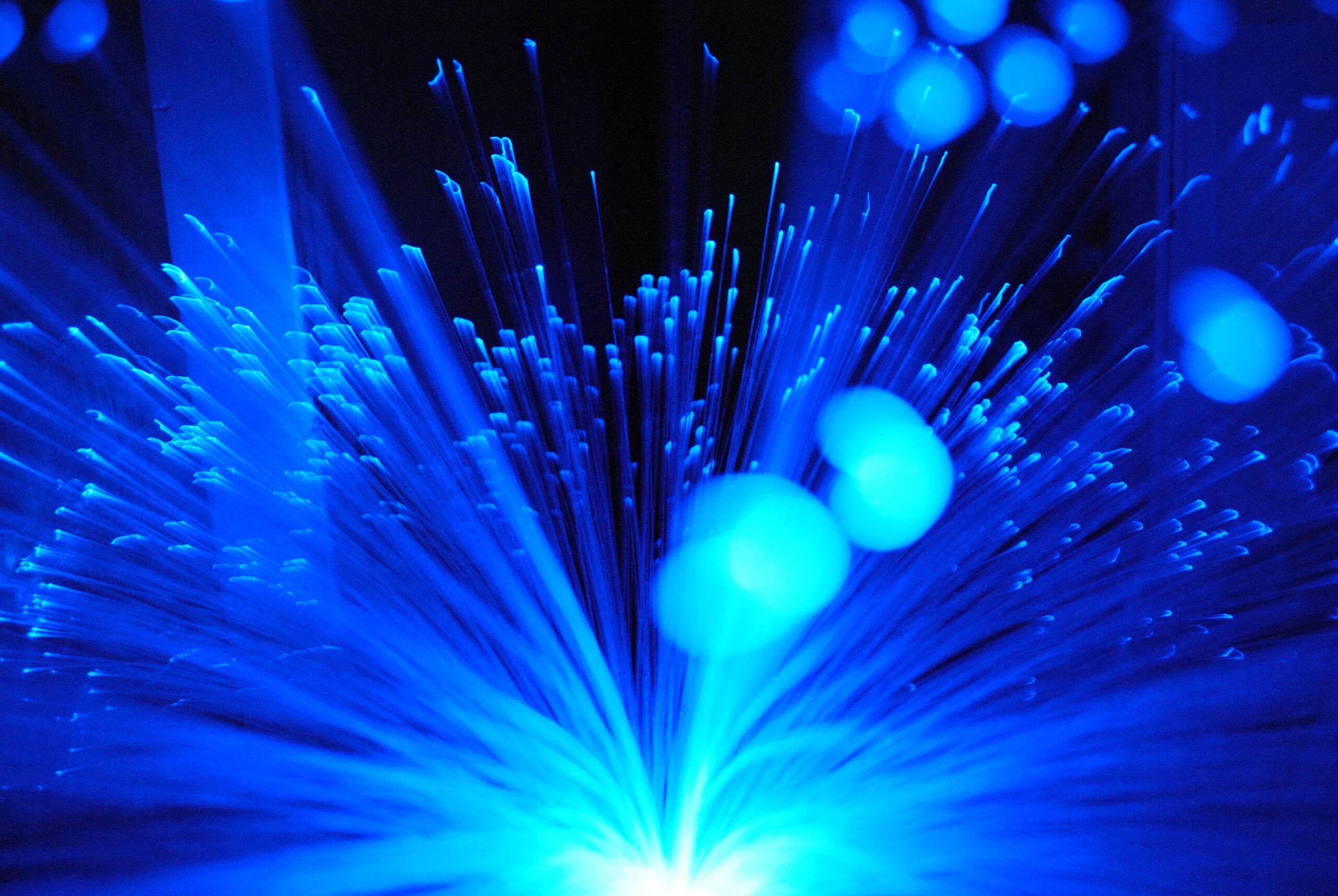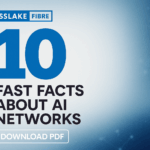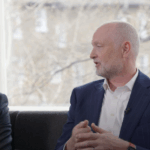With so many network options, how do you choose which one is right for your connectivity needs today while considering technology changes and innovations in the future? Our CTO, Ben Cooke, recently answered some FAQs to help you decide and provided his insights on what he envisions to be the future of connectivity.
WHAT ARE SOME OF THE REASONS YOU SEE ENTERPRISES GRADUATE FROM WAVELENGTH SERVICES?
A carrier, like Crosslake Fibre, provides wavelengths as an end-to-end managed service including bandwidth, protocol and equipment. Enterprises are mostly limited to 100G waves today. However, with technological advancements they’ll soon be able to access 400G waves.
For many enterprises and hyperscalers with large data center footprints, 400G of capacity is not enough to support future growth. Wavelength services become expensive when scaling, requiring organizations to purchase more and more circuits. This is one of the main triggers we see for enterprises moving to the next solution.
WHAT ARE SPECTRUM SERVICES AND WHY WOULD AN ENTERPRISE NEED TO TAKE THE NEXT STEP UP?
Spectrum uses either a C-band or L-band frequency range with a 4,800 GHz window that gets divided into segments that a wave can be put on. By using spectrum, enterprises can grow from a maximum of 400G to leveraging multiple 400G waves at once. Each segment of the spectrum is separated by a small gap and guard bands to prevent interference.
Enterprises can split their spectrum into about four or six slots depending on their hardware. They are responsible for installing equipment at each end, while the carrier supplies amplifiers that pass the lights down the system and filters to safeguard traffic and monitor for interference. One reason an enterprise may move on to the next solution is that spectrum is limited to 4,800 GHz with 400G channels. Enterprises can buy additional spectrums, but growth is limited within each frequency band.
WHAT ARE SOME BARRIERS TO ENTRY FOR DARK FIBRE?
The next step up from spectrum is traditionally dark fibre, which comes with benefits and barriers to entry. With dark fibre, enterprises have complete access to and control of all 4,800 GHz of the spectrum. Depending on the kit and how many bands an enterprise is using, they can get up to 60 TB of data download a second.
Unlike spectrum or wavelengths, dark fibre must be bought and managed. Because dark fibre is not a managed service, it requires a large upfront investment in equipment and increased operational costs. Dark fibre also comes with a heavy price tag because carriers are taking the spectrum off their service.
WHAT IS METERED DARK FIBRE AND WHAT ARE ITS BENEFITS?
For enterprises that want unlimited capacity without the headache of managing a network themselves, metered dark fibre is a great alternative. It can be difficult for many enterprises to justify the cost of dark fibre, so metered fibre is ideal for those that plan to grow and use the whole fiber capacity eventually but want to step in with a lower recurring cost.
With metered dark fibre, enterprises still buy the equipment, install it and pay rent for locations to store it. However, metered dark fibre is more cost effective than traditional dark fibre because they can choose how much of the spectrum they want to light up and only pay for what they use. A monthly lease for dark fibre is quite costly, and an IRU is an even bigger number up front.
While the initial CapEx for metered dark fibre is as if an enterprise contracts for dark fibre, the OpEx is significantly lower with the same flexibility. Metered dark fibre offers the opportunity to scale as an enterprise grows, adding more frequency at each end and adjusting pricing accordingly.
WHERE DO YOU SEE METERED DARK FIBRE AND THE INDUSTRY PROGRESSING NEXT?
There are three relevant industry advancements I see coming in the near future: the growth of metered dark fibre, the move to 800G waves and the convergence of C-band and L-band.
I see metered dark fibre becoming an increasingly popular option for both carriers and enterprises. The approach is simple, and the appeal is clear. As enterprises successfully adopt metered dark fibre, more carriers will take notice and more enterprises will be able to justify the cost.
We are also on the cusp of moving to 800G waves. As mentioned before, we’re already nearing widespread access to 400G waves. A new system is being developed in Europe that can support anything up to 800G per wave, drastically increasing the total bandwidth available to enterprises.
The industry is working on ways to effectively bring C-band and L-band together on the same piece of fibre, without interference. Think of AM and FM radio waves – both travel through the same air without interfering with each other. This advancement will enable carriers to deliver capacity more efficiently across their customer base.
Click here to see if you qualify for our 90-day proof of concept program.






